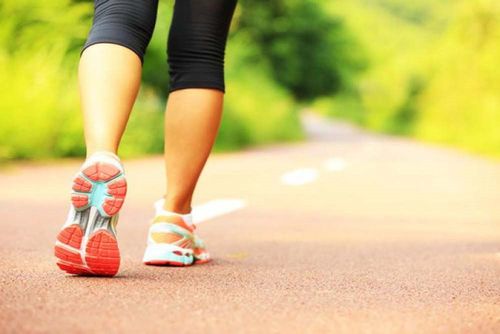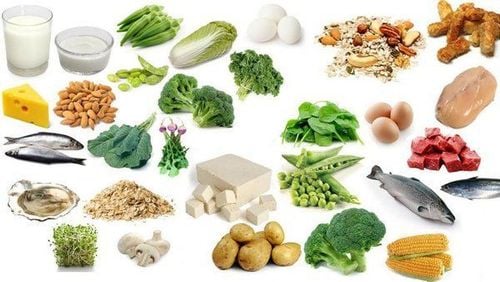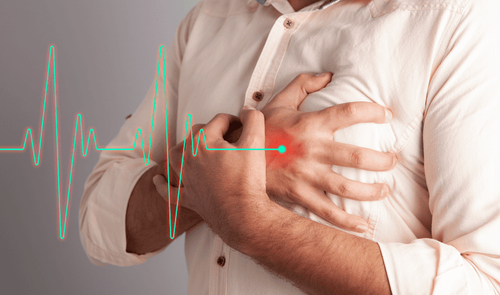This is an automatically translated article.
Heart rate is the number of beats of the heart in minutes. There are many factors that affect heart rate such as: Temperature, environment, weight, stress,... Whether heart rate has any role in burning fat and this heart rate will be calculated. how? The following article will help you answer this question.
1. How to calculate the body's fat burning heart rate
Heart rate can help you calculate daily exercise intensity. For most people, the heart rate falls between 60 and 100 times a minute at rest. Heart rate increases with exercise. The harder you exercise, the faster your heart rate will increase.
When you exercise to the point where your heart rate falls within the body's fat-burning heart rate zone, your body will harness stored fat for energy instead of using sugars and carbohydrates. Simple and helps to lose fat.
Other possible heart rate zones include :
Resting heart rate. Moderate heart rate. Target heart rate. Maximum heart rate. Your fat-burning heart rate is at about 70% of your maximum heart rate.
Your maximum heart rate will include the maximum number of times your heart beats during activity. To determine and calculate your maximum heart rate, subtract your age from 220. For example, a 35-year-old woman's maximum heart rate is 220 minus 35 = 185 beats per minute. To be able to achieve fat burning, this person's heart rate must reach 70% of 185, which is about 130 beats per minute.
Calculation of other heart rate zones:
Experts recommend getting to 70 - 85% of your maximum heart rate during vigorous activity. This is called your target heart rate.
Moderate heart rate has an average heart rate between 50 and 70% of your maximum heart rate.
2. Fat Burning Heart Rate Table by Age
When using the heart rate activity chart, remember that the older you are, the lower your fat burning heart rate.
Some medications can also affect your heart rate or other related problems, so talk to your doctor if you have any concerns.
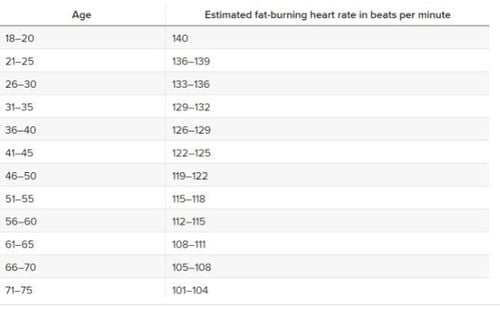
Bảng ước tính nhịp tim đốt cháy chất béo/phút theo độ tuổi.
3. Heart Rate Monitor
Currently, there are many types of tools on the market that can help you measure your heart rate during exercise and even while performing daily tasks. You don't have to do anything too complicated to measure your basal heart rate.
3.1. Traditional tracking The most economical and traditional way to measure your heart rate is to use your finger to track your pulse. First, you need to stop exercising and place your finger on a pulse point on your neck, wrist, or chest.
Then count your heart rate in 60 second intervals (or in 30 seconds and multiply the number of beats by two). The number you count is also your heart rate.
3.2. Smart watches/bracelets Smart watches/bracelets have become popular in recent years because these types of devices are quite convenient and can be worn on the hand like a regular watch.
For example, the FitBit Charge 2 machine can record your pulse all day and determine if you are in the fat-burning, resting, average or maximum zone during various activities.
The advantage of using smart devices over traditional monitors is that your heart rate is continuously monitored and there is no need to stop working to record your heart rate.
Usually, the above devices also measure your daily steps, exercise distance, calories burned, floors climbed, etc. It can also act as a watch. see normal time.
3.3. Chest strap The heart rate monitor chest strap is a strap that goes around your chest and records your heart rate during exercise. Some products, such as the Garmin Premium Heart Rate Monitor, will send your heart rate to a compatible device, usually a watch, to get a better overview of your workout. . These straps are made of soft fabric and are adjustable to fit many body sizes.
You can wear the bra during most exercise activities, including swimming. However, please read all the features carefully before purchasing these devices. Some devices are waterproof, which means they can be submerged in water and fail. Other types of wearable monitors are water resistant but can only be used for short periods of time underwater.
Some athletes prefer chest strap monitors because they feel they are more accurate. However, in a recent study, researchers found that wrist monitors were equally accurate. As a result, the meter display you choose may depend on personal preference, budget, or whatever features the device has.
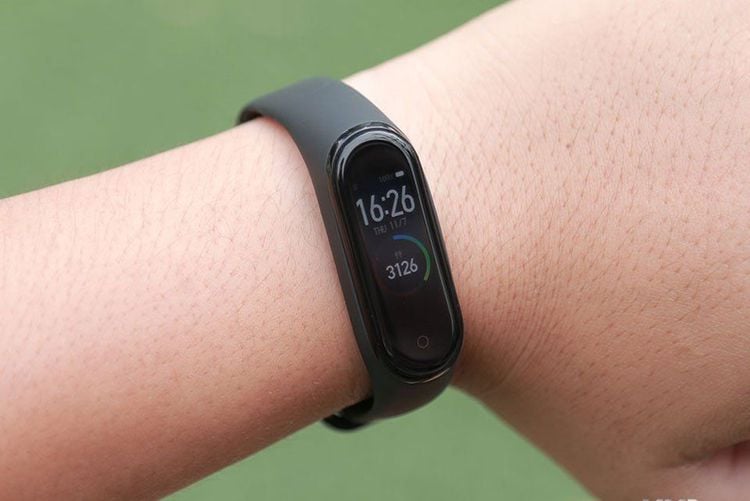
Một số loại đồng hồ đo tay có thể theo dõi nhịp tim.
4. Several Fat Burning Exercise Options
Each person has different exercises to get them into the most effective burning zone. It's important to monitor your heart rate during different activities to know which exercise is right for you.
To be able to burn body fat, exercise with moderate activity. Try the speaking test if you're not sure how well your body is working. If you can't talk while exercising, you may be working too hard. If you're showing signs of being a little short of breath but can still keep a conversation going, you're probably working at a moderate level and are in the fat-burning zone.
Here are some exercises that can help you hit the fat-burning zone of your body: Go for a slow jog; Brisk walking; Water aerobics; Cycling (under 10 miles per hour); Tennis (doubles); Dancing/dancing,...
Although you can focus on burning or losing fat, it's still important to slowly increase your heart rate over time. More vigorous activity each day will help strengthen your cardiovascular system and burn more calories than moderate activity.
Interval training, like walking and running, is also a highly effective form of exercise that can help you lose fat and boost your heart health.
Other ways to lose fat:
Besides exercising, you can start other healthy habits that can help with fat loss and overall weight loss.
Adopt a diet that focuses on whole foods Fruits and vegetables should make up the bulk of your plate. Whole grains, lean protein, and low-fat dairy are all good options to help you lose weight. When shopping, avoid packaged products with added sugar and saturated fat.
Drink lots of water Juices and sodas have added sugar and calories. If you don't like drinking spring water, you can flavor it with artificial sweeteners or a squeeze of lemon.
Look at portion sizes Restaurants tend to offer large servings, so consider asking for portion sizes to be cut in half. When you're at home, choose a smaller plate to eat.
Your goal is slow and steady weight loss.
Losing more than two pounds in a one-week period can be unhealthy or unsustainable. Your doctor can help you define your own weight loss goals and refer you to a dietitian for help improving your condition.
If you are new to the exercise, do it slowly. The American Heart Association recommends exercising at a moderate intensity (at 50% of your maximum heart rate) to help avoid injury or burnout before increasing the intensity. Your perseverance and hard work will pay off.
Please follow the website: Vinmec.com regularly to update many other useful information.
Please dial HOTLINE for more information or register for an appointment HERE. Download MyVinmec app to make appointments faster and to manage your bookings easily.
Reference article: healthline.com



